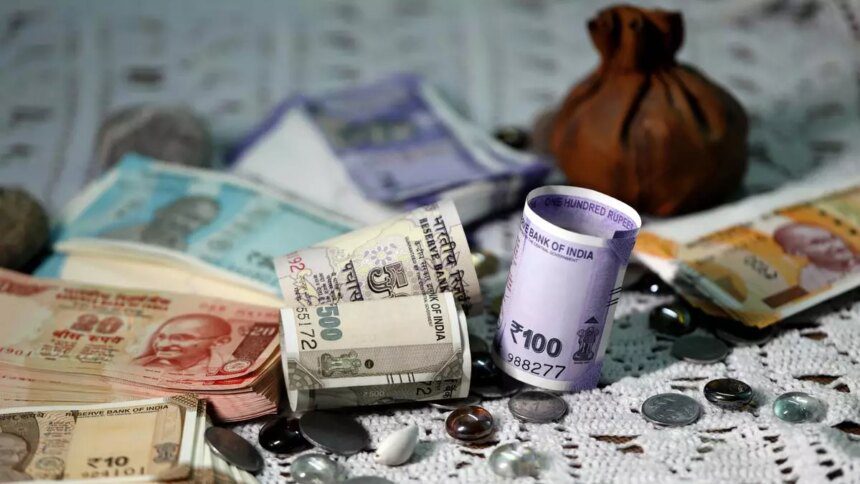India’s foreign exchange reserves have hit a 10-month low, standing at $625.87 billion as of January 10, 2025. This marks the sixth consecutive week of decline in the country’s forex reserves, which have been falling since reaching an all-time high of $704.89 billion in September. The decline in reserves is likely due to RBI intervention aimed at preventing a sharp depreciation of the rupee, which is currently at its all-time low against the US dollar.
The latest data from the Reserve Bank of India shows that India’s foreign currency assets (FCA), the largest component of forex reserves, stood at $536.011 billion. Gold reserves have also risen to $67.883 billion.
Despite the recent fall in reserves, the RBI has assured that the forex reserves are sufficient to meet more than 11 months of imports and about 96% of external debt outstanding. The central bank has stated that India’s foreign exchange reserves remain robust and reflect sustainable levels of reserve adequacy metrics.
In 2023, India added around $58 billion to its forex reserves, following a cumulative decline of $71 billion in 2022. Foreign exchange reserves are assets held by a nation’s central bank, primarily in reserve currencies such as the US Dollar, to maintain stability in the foreign exchange market.
The RBI closely monitors the forex markets and intervenes when necessary to maintain orderly market conditions and curb excessive volatility in the rupee exchange rate. By strategically buying and selling dollars, the RBI aims to stabilize the rupee and enhance the appeal of Indian assets to investors.
In conclusion, India’s forex reserves hitting a 10-month low reflects the ongoing challenges faced by the country’s economy. The RBI’s intervention in the forex market and prudent management of reserves will be crucial in maintaining stability and investor confidence in the coming months.










